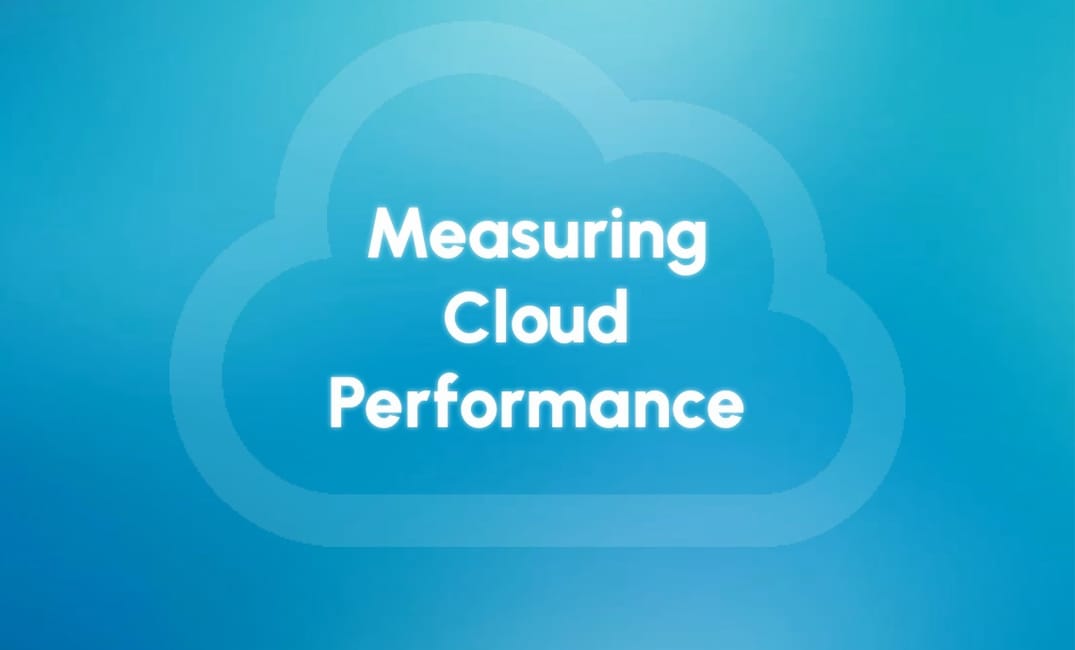Quite remarkably, the more one delves into the topic of cloud performance measurement techniques, the more fundamental and astonishing this area turns out to be. I think I won't be too far off in suggesting that the key to digital business management success in an emerging cloud-native world is hidden somewhere within the KPIs that will be explored in the articles under this category.
With the rapid increase in usage of cloud services, it is essential for businesses to effectively evaluate the performance of their infrastructure and various offerings both quantitatively and qualitatively. This comparison requires a comprehensive set of relevant metrics to provide meaningful insights.
I may be slightly biased, but to me, this is such a vast area of expertise that it can only be approached step-by-step, slice-by-slice, to eventually unlock a huge value to those utilizing it wisely. Therefore, over the next entries to this category, the ultimate ambition would be to outline and distill some common practices, shortcuts, and blueprints to reduce the entry barrier into the grand domain of measuring Cloud Infrastructure Performance.
Here's an introductory overview of some fundamental approaches to establishing your measurement method:
- Create a Common Metrics Catalog: A unified set of metrics is crucial for evaluating service performance. This foundational catalog helps create a common vocabulary, allowing consumers and providers to better identify and compare cloud service performance.
- Incorporate Diverse Metrics: To assess cloud performance effectively, use a blend of metrics that cover business operations, IT functionality, and their integration. These metrics should encompass both functional and non-functional attributes, as seen in IT Service Management (ITSM) and Service-Level Agreements (SLAs). Supporting existing measurement systems with this comprehensive catalog enhances their efficacy, providing a thorough checklist for evaluation.
- Develop a Balanced Scorecard (BSC): This scorecard should cater to specific roles, such as consumers and providers, outlining performance expectations. The proposed metrics framework should include a selection of relevant metrics for different perspectives, business scenarios for detailed analysis, and prioritized measurement values. This approach allows for a balanced assessment, enabling the re-weighting of criteria based on business imperatives.
These metrics facilitate comparisons with similar systems and help understand how a system is performing over time or under specific conditions. They are crucial in evaluating the performance of a system, identifying areas for improvement, validating designs, and setting stakeholder expectations.
- Concrete Measurement: Metrics offer a tangible way to assess specific system aspects, enabling meaningful comparisons and performance evaluations.
- Performance Insight: Metrics help evaluate how well a system performs its intended functions, identify areas for improvement, validate designs, and set stakeholder expectations.
- Comparison for Improvement: Comparing similar systems under equivalent conditions reveals improvement opportunities and aids in technology selection.
- Value Demonstration: Metrics show value improvements by comparing current performance with established methods, helping to determine ROI.
- Multiple Perspectives: Metrics contribute to different viewpoints, such as consumer and provider perspectives, shaping the perceived value of a metric.
- Strategic Alignment: Metrics help define and measure business characteristics and strategic directions for cloud service users and providers.
- GRC Integration: Metrics provide insights into the level of integration with IT ecosystems and the accessibility of cloud services, defining MI and KRI for audit and assurance.
- Enhanced Decision-Making: Metrics support better decision-making by illustrating performance-related trade-offs and providing data for balanced qualitative and quantitative decisions.
Ultimately, metrics enhance decision-making by illustrating performance-related trade-offs, such as risk versus performance or cost versus performance. They provide quantifiable data for balanced qualitative and quantitative decisions, enabling better overall value assessment and strategic direction.


